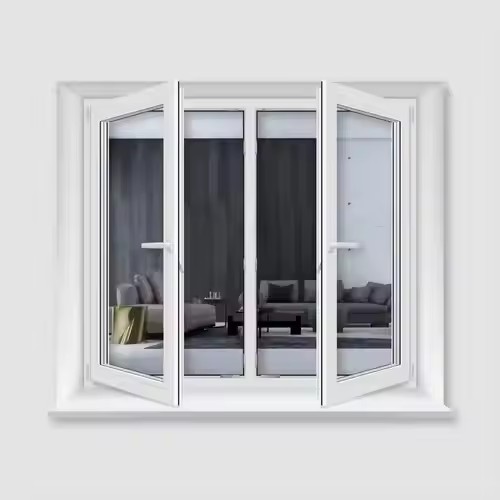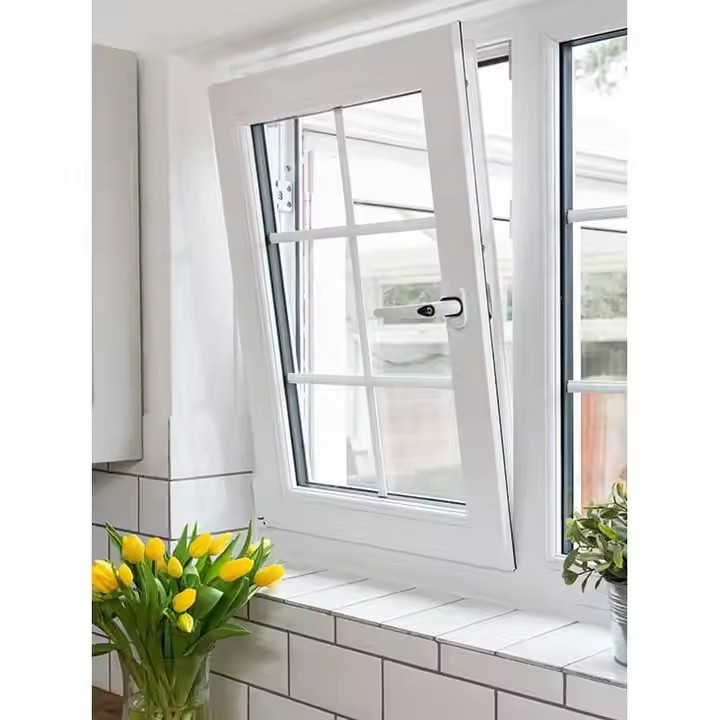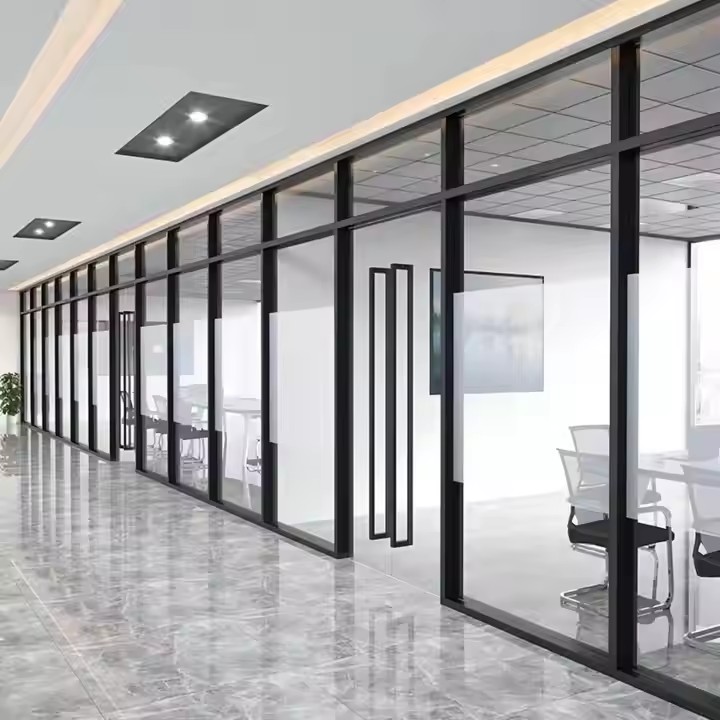Comprehensive Strategies for Adapting Window and Door Design to Australia’s Climate: From Climate Zoning to Technological Innovation
I. Australia’s Climate Characteristics and Core Design Challenges
Australia spans tropical, subtropical, temperate, and arid zones, featuring a highly diverse climate:
Northern Tropical Regions (e.g., Northern Queensland, Northern Territory): High temperature and humidity, annual rainfall over 2000mm, frequent cyclones, and intense UV radiation.
Southern Temperate Regions (e.g., Victoria, Tasmania): Cold and rainy winters, mild summers, large day-night temperature variation—designs must balance insulation and ventilation.
Central Arid Zones (e.g., inland South Australia): Extreme summer heat (often over 40°C), dry and dusty air, day-night temperature swings over 20°C, and some of the world’s highest UV levels.
Southeastern Mediterranean Zones (e.g., Sydney, Perth): Hot dry summers and mild rainy winters—requiring a balance of sun protection and winter lighting.

Core Design Objectives: Ensure thermal insulation, ventilation, moisture resistance, wind pressure resistance, dust protection, and energy efficiency under extreme temperature shifts, intense UV, high humidity, or arid conditions.
II. Climate-Zone-Specific Window and Door Design Strategies
(A) Tropical and Subtropical Regions: Integrated Ventilation, Sun Protection, and Wind Resistance
- Material Selection and Structural Reinforcement
Frame Materials: Use corrosion-resistant anodized aluminum or fiberglass-reinforced plastic (FRP) to prevent rust or mold. For example, 6063-T5 aluminum alloy with fluorocarbon coating (salt spray resistance over 1000 hours) is common in Queensland.
Glass Configuration: Low-E coated laminated glass with solar control films (SC ≤ 0.3) can block over 90% of UV and reduce heat gain. In Darwin, windows often use laminated glass with inert gas-filled cavities, achieving U-values below 2.0 W/(㎡·K).
Wind Resistance Design: Comply with AS/NZS 1170.2 standards; cyclone-zone windows must pass dynamic pressure tests (e.g., 1.5kPa pressure cycles) and use multi-point locks, reinforced mullions, and ≥6mm thick glass.
- Ventilation and Shading Systems
Adjustable Louvers: Exterior aluminum or wood louvers (like the “bluff-style” common in Sydney) control airflow and sunlight angles, with mesh screens for insect protection. In Brisbane, homes often use split-level louvers—lower ones open in summer to let in cool air, while top ones stay closed for shading.
Louver Vent Combinations: Fixed top-mounted vents (“wind caps”) paired with operable panes promote airflow and moisture reduction. In Cairns, bathrooms often feature “high window + louver” designs to expel moist air via stack effect.

(B) Temperate and Cold Regions: Insulation, Daylighting, and Wind Protection
- High-Efficiency Thermal Insulation
Double/Triple Glazing: In southern cities like Melbourne, double Low-E glazing with argon-filled gaps achieves U-values as low as 1.2 W/(㎡·K). Warm-edge spacers (e.g., stainless steel or silicone) reduce thermal bridging at window edges.
Insulated Window Frames: Use thermal break aluminum (PA66 insulation strips) or solid wood frames (e.g., Tasmanian oak). Foam insulation (PU) is applied between the frame and wall to meet AS 4284 airtightness level 6. In Hobart passive houses, frames feature ≥20mm thermal breaks and airtight seals.
- Lighting and Energy Balance
North-Facing Glazing: Maximize solar gain in winter using large north-facing windows, paired with retractable exterior shading (e.g., blinds or awnings) to block summer sun. In Melbourne townhouses, this strategy can increase winter heat gain by over 30%.
Smart Glass Technology: High-end homes use electrochromic glass that adjusts transparency via electrical current—clear in winter for more light, tinted in summer to reduce glare—cutting energy consumption by up to 15% compared to conventional windows.
(C) Arid and Desert Regions: Dust Protection, Thermal Control, and Temperature Fluctuation Management
- Sealing and Dust Resistance
Multi-layer Sealing: Frames use “triple gasket” systems with recessed tracks and dust brushes to reduce sand infiltration by over 90%. In Adelaide’s inland areas, track depth is ≥15mm and includes removable dust filters.
Closeable Vents: Top-mounted mechanical vents with filters stay shut by default to prevent dust, but can be activated to filter air (airflow up to 30 m³/h·㎡) when needed.
- Managing Extreme Temperature Swings
Phase-Change Materials (PCMs): Embedded paraffin wax (melting point 23–25°C) in frame profiles absorbs heat during the day and releases it at night, stabilizing interior temperatures. Tests show indoor temperature swings can be reduced by 5–8°C.
Reflective Heat Coatings: Glass is treated with ceramic-based reflective coatings (≥80% reflectivity), while frames use white powder coatings (solar absorption ≤0.3), reducing surface temperature by 12–15°C in summer.

